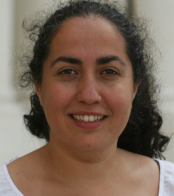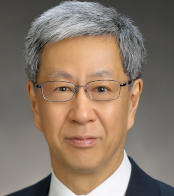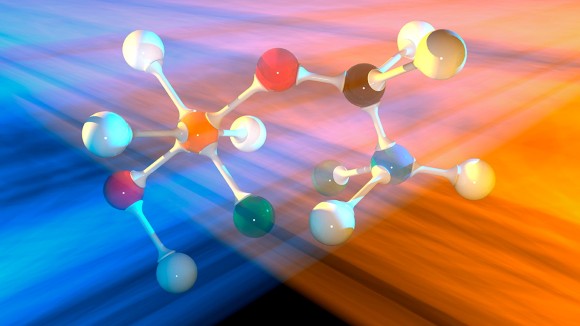 Alicia Palacios is an expert on ab initio time-dependent methods for the description of atoms and molecules subject to ultrashort laser pulses. She is Chair of the Atomic, Molecular and Optical Physics Division at the European Physical Society (AMOPD-EPS).
Alicia Palacios is an expert on ab initio time-dependent methods for the description of atoms and molecules subject to ultrashort laser pulses. She is Chair of the Atomic, Molecular and Optical Physics Division at the European Physical Society (AMOPD-EPS).
 James Cryan is a Senior Staff Scientist at SLAC National Accelerator Laboratory. He is the head of the AMO Science Department at LCLS, and he is a member of the Stanford PULSE Institute, where leads the attosecond science group. In 2020, James was elected a fellow to the American Physical Society.
James Cryan is a Senior Staff Scientist at SLAC National Accelerator Laboratory. He is the head of the AMO Science Department at LCLS, and he is a member of the Stanford PULSE Institute, where leads the attosecond science group. In 2020, James was elected a fellow to the American Physical Society.
 Kiyoshi Ueda is a Professor Emeritus of Tohoku University (since April 2020), Adjunct distinguished professor of ShanghaiTech University (2020- present), High-end foreign expert (2020-2022 at ECNU, 2023 at SARI), Guest professor of ETH Zurich (2022), Guest scientist of MBI Berlin (2023), Phys. Rev. X editorial board member (2019-present), LCLS proposal review panel (2019-present). Being the author or coauthor, ~650 articles have been published, including ~550 original papers (which include 2 Nature, 4 Nature Photonics, 4 Nature Physics, 9 Nature Communications, 1 Science Advances, 2 PNAS, 9 PRX, 52 PRL, 4 JPCL), ~20 review articles and chapters of books, in the field of atomic and molecular science, so far ~15000 citations have been received, resulting in h-index of 57.
Kiyoshi Ueda is a Professor Emeritus of Tohoku University (since April 2020), Adjunct distinguished professor of ShanghaiTech University (2020- present), High-end foreign expert (2020-2022 at ECNU, 2023 at SARI), Guest professor of ETH Zurich (2022), Guest scientist of MBI Berlin (2023), Phys. Rev. X editorial board member (2019-present), LCLS proposal review panel (2019-present). Being the author or coauthor, ~650 articles have been published, including ~550 original papers (which include 2 Nature, 4 Nature Photonics, 4 Nature Physics, 9 Nature Communications, 1 Science Advances, 2 PNAS, 9 PRX, 52 PRL, 4 JPCL), ~20 review articles and chapters of books, in the field of atomic and molecular science, so far ~15000 citations have been received, resulting in h-index of 57.

